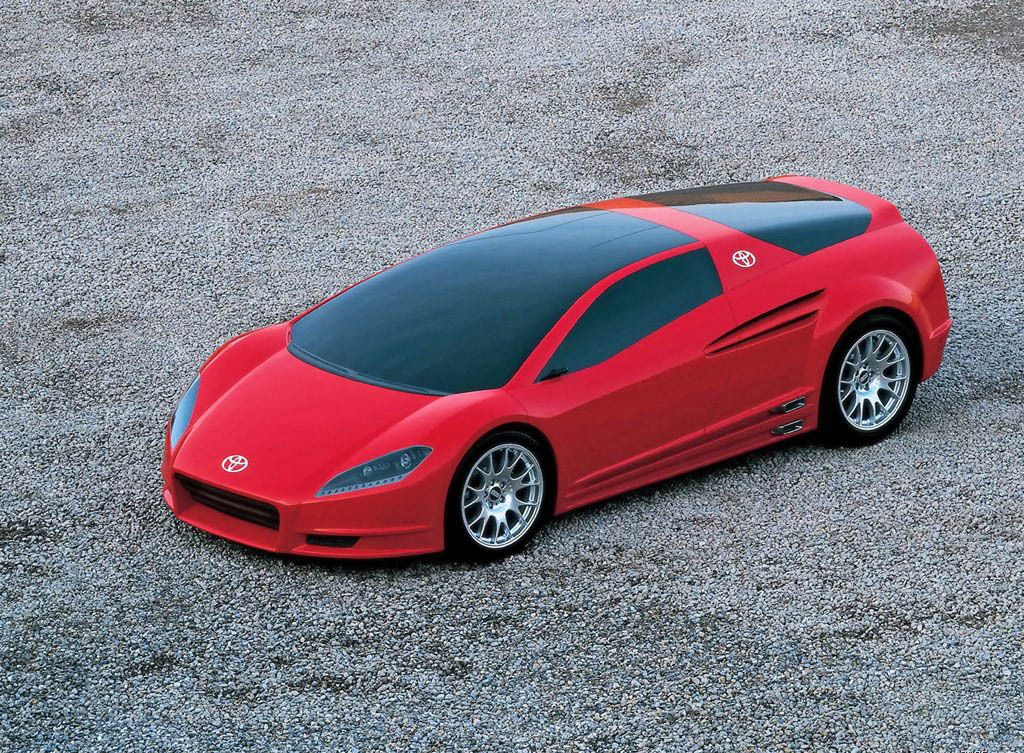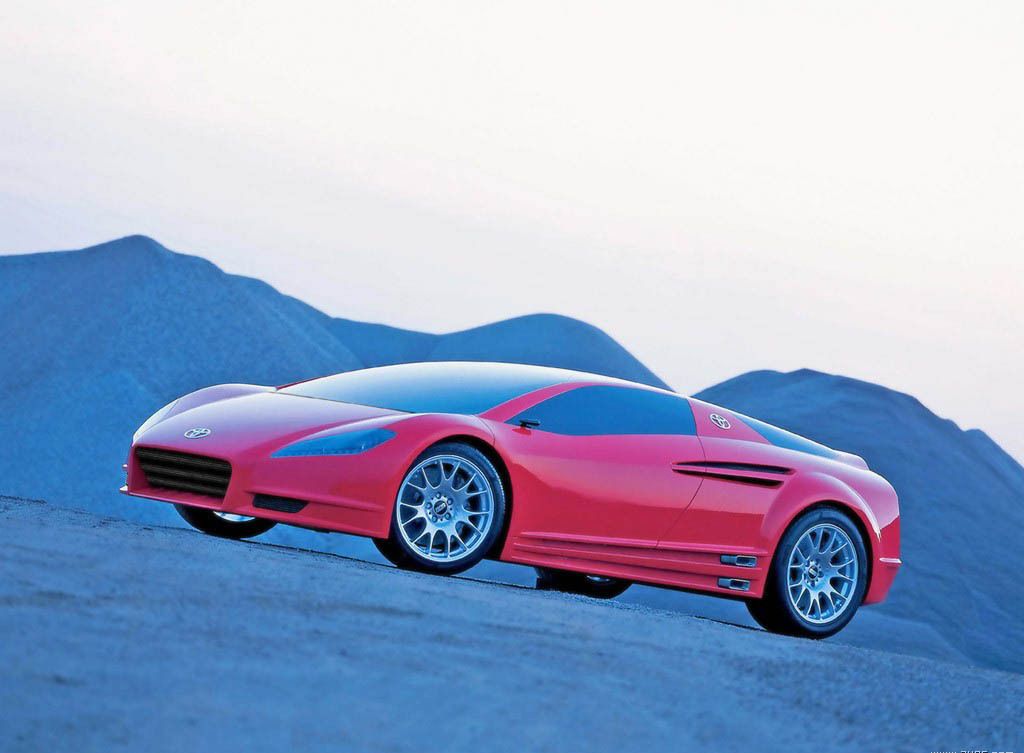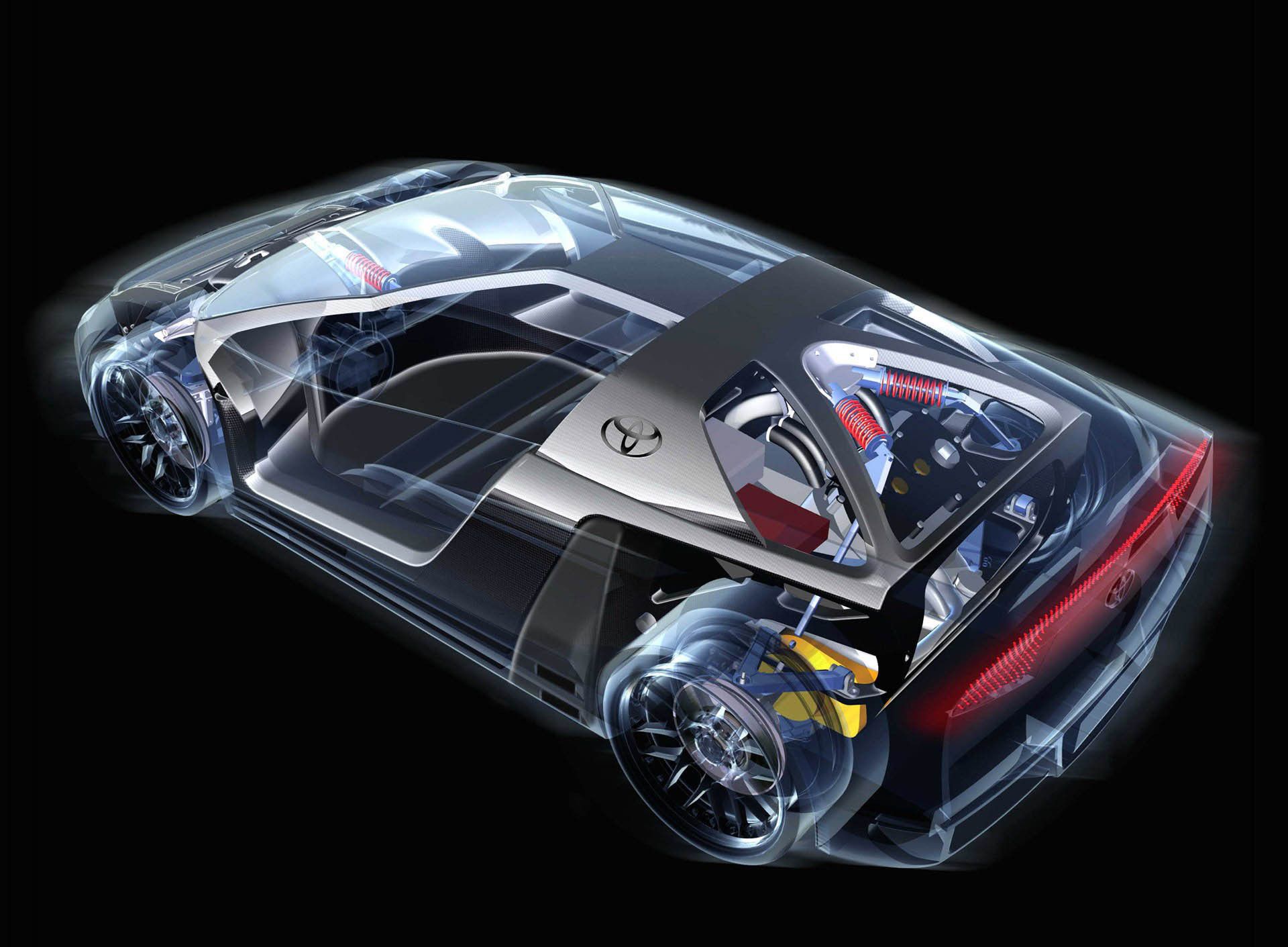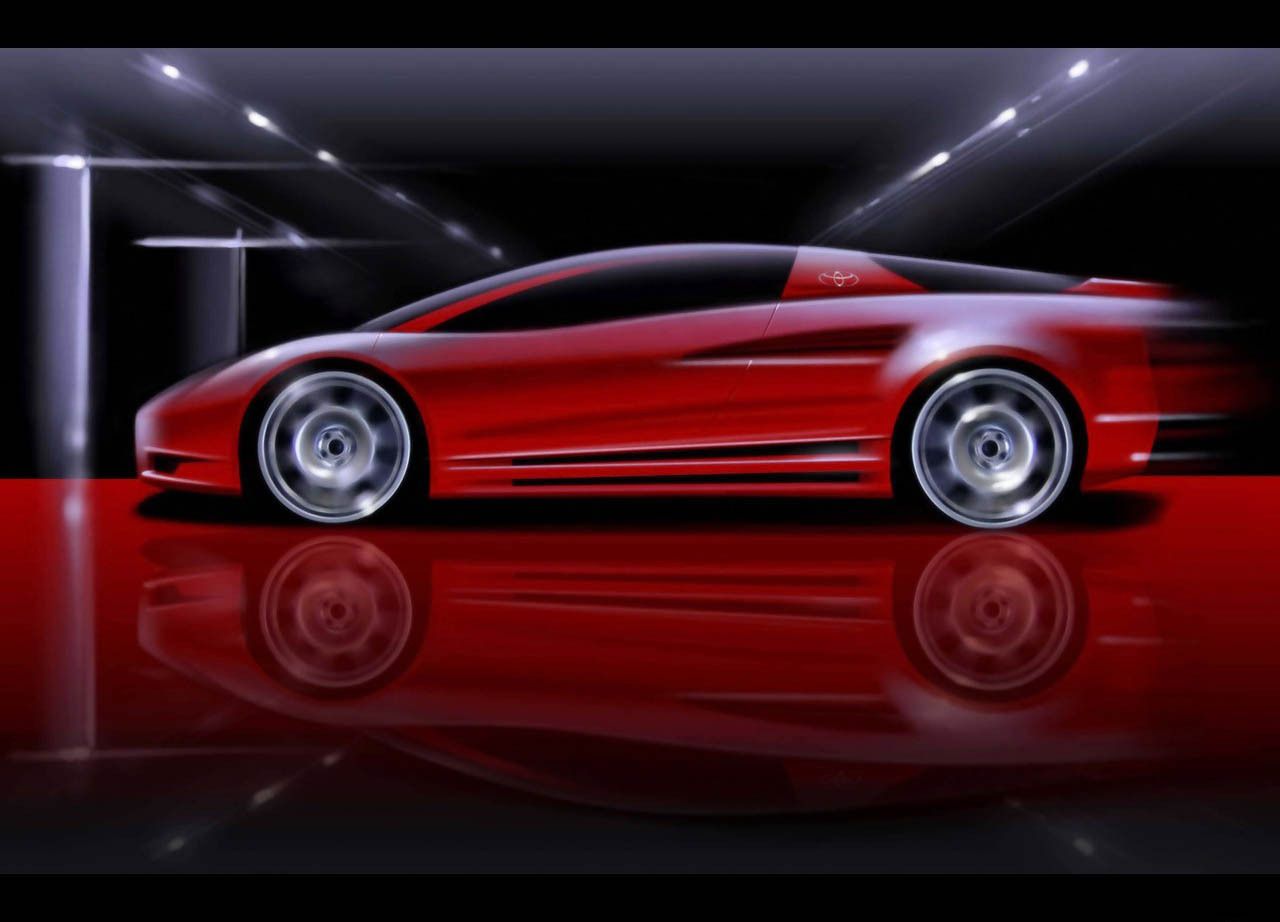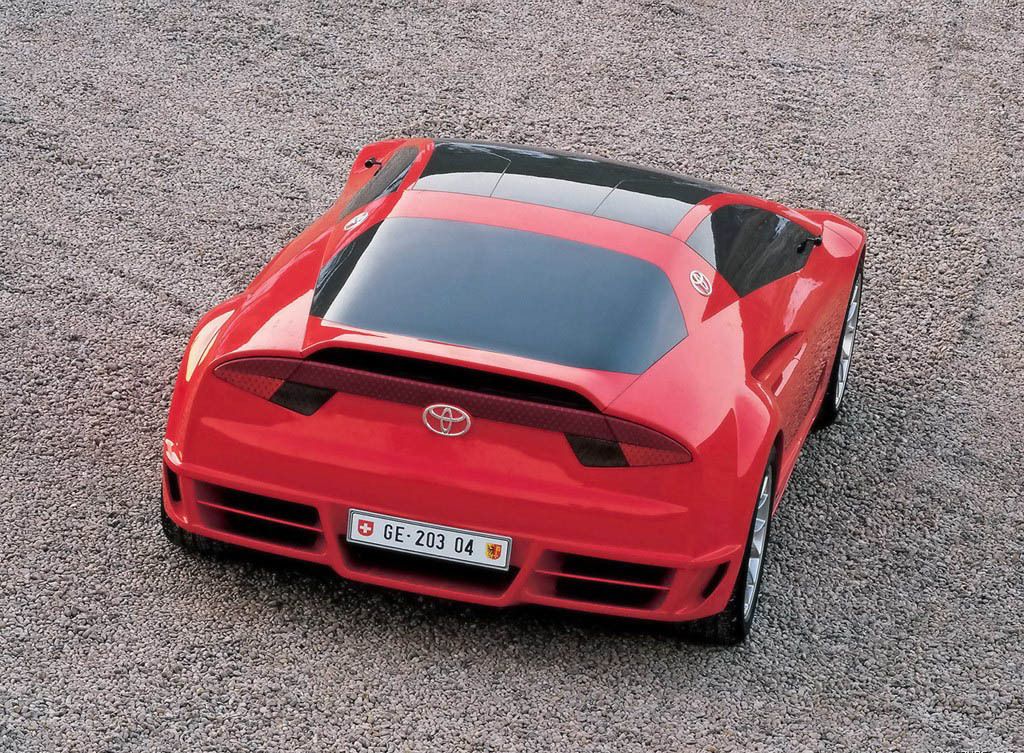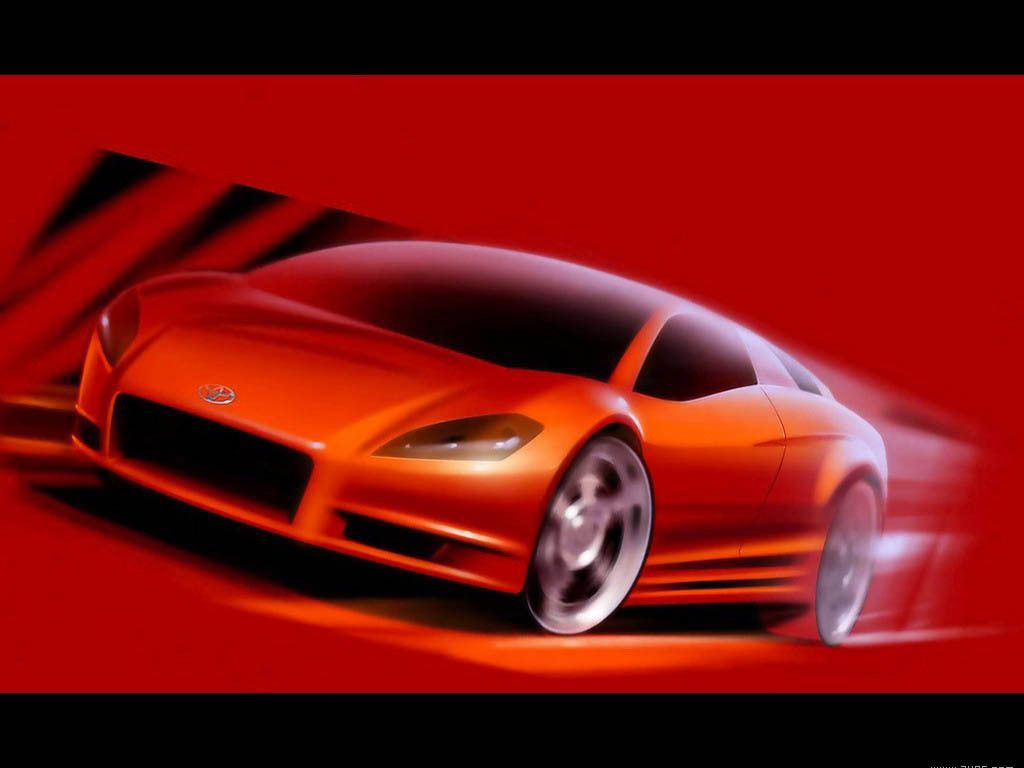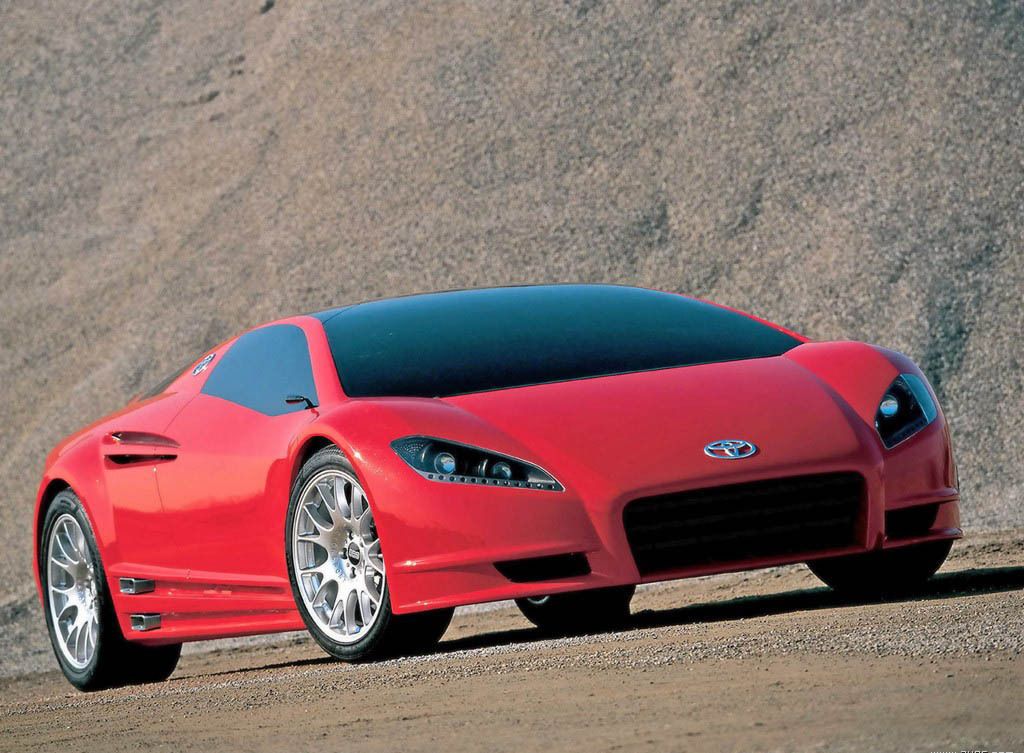Nowadays, hybrid supercars are as common as a VW Jetta. Well, not quite, but you get the idea. Pretty much anyone into cars can name at least a few hybrid supercars off the top of his head – Ferrari SF90 Stradale, Lamborghini Sian, McLaren Speedtail, Aston Martin Valkyrie, Koenigsegg Regera, and others. What you may not know is that back when hybrid supercars were even considered, Toyota beat everyone to it. They did so with the Toyota Alessandro Volta, and this is everything we know about it.
It Was Named After Alessandro Volta
That much is obvious, but some would ask “why”? It’s simple, Alessandro Volta was an Italian physicist and he is known for inventing the battery. Given the hybrid powertrain of the car, which featured batteries, it seemed like an appropriate name for the futuristic car.
Italian Styling
Those who are more well-versed in automotive design will almost instantly recognize the Italian design language. In fact, the car was styled by Giugiaro, at Italdesign and is arguably the most beautiful Japanese-Italian automotive collaboration. It also had quad-side exhausts - something you would never expect from a sensible carmaker like Toyota.
It Used a Familiar Powertrain
We already mentioned the Toyota Volta was a hybrid supercar.
Of course, unlike the SUV models, the V-6 engine was mounted behind the rear axle, which effectively made the Volta a rear-engine car. Two electric motors – one for each axle – supplied the extra power. This also meant that the Toyota Volta was all-wheel drive. This allowed the futuristic concept to accelerate from 0 to 60 mph (97 km/h) in 3.9 seconds and reach a top speed of over 155 mph (250 km/h). Aiding in performance was the fact, the Volta had pushrod suspension all-around.
No Gearbox
Nowadays, there are plenty of cars (mostly EV) that have done away with the gearbox, but in 2004, that was something unseen. Volta’s V-6 engine was not directly connected to the wheels. Instead, power from the hybrid system was transmitted via electronic actuators, which helped modulate the power delivery, depending on the throttle position and speed. This, in turn, eliminated the need for a transmission and a clutch pack.
Italdesign Did More Than Just Style The Car
The Italian company didn’t just design the car. It developed its underpinnings and numerous other aspects. The hybrid drivetrain was accommodated by a carbon-fiber chassis, designed and developed, by the Italdesign Giugiaro engineering department. The battery pack weighs just 154 pounds (70 kg). All that engineering savviness meant that the Volta was a very lightweight car. It had a dry weight of just 2,756 pounds (1,250 kg), which made it one of the lightest performance hybrid vehicles ever made.
It Could Seat Three People
Toyota Volta was a proper three-seater. But, unlike other supercars that had a central driving position and two additional seats that almost look like an afterthought, the Volta had three full-size seats. While the lower section of the three seats made it look like a single bench seat, the upper sections were actually individual, with each seat having its own side bolsters. The three seating positions were arranged in parallel.
The Steering Wheel Could Be On Either Side
When we said Volta’s interior can be flexible we didn’t just mean the three seats.
Ahead Of Its Time?
The Toyota Alessandro Volta, sadly, never went into production, after its official debut at the 2004 Geneva Auto Show. Hybrid powertrains may have been discussed at the time, but performance applications were still not on the table. With this in mind, the Volta was simply ahead of its time. Toyota simply brought out a more eco-friendly supercar in times when hybrid powertrains were not even considered as a performance-enhancing element.
Toyota Alessandro Volta Specifications
|
Engine |
3.3-liter, V-6 with Two Electric Motors |
|---|---|
|
Horsepower |
408 horses combined |
|
Transmission |
No gearbox/Single-speed like Evs |
|
Drive Layout |
All-wheel-drive |
|
0-60 mph |
3.9 seconds |
|
Top Speed |
155 mph |
|
Curb Weight |
2,756 lbs |

